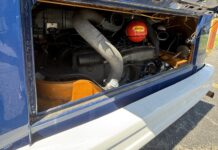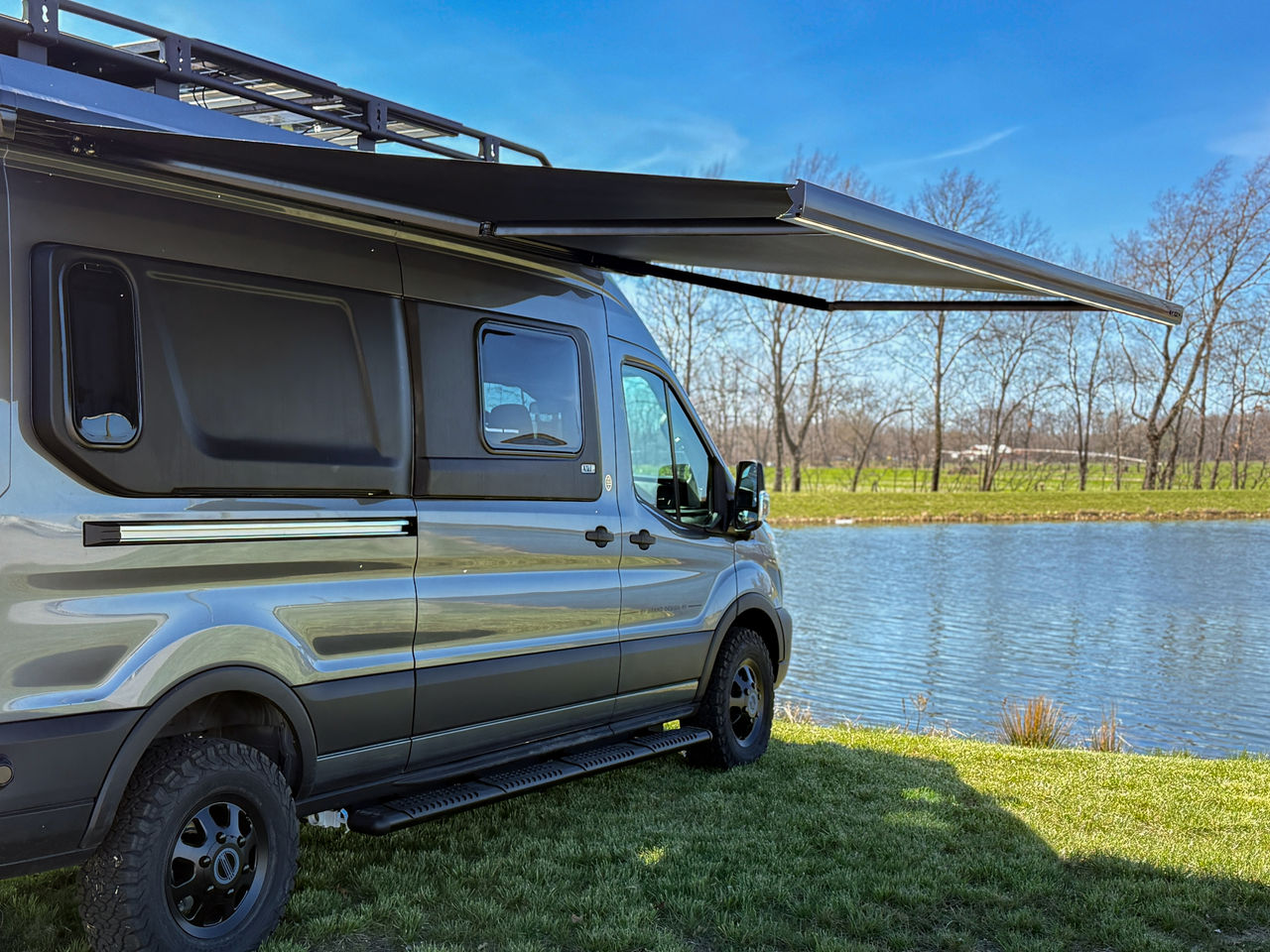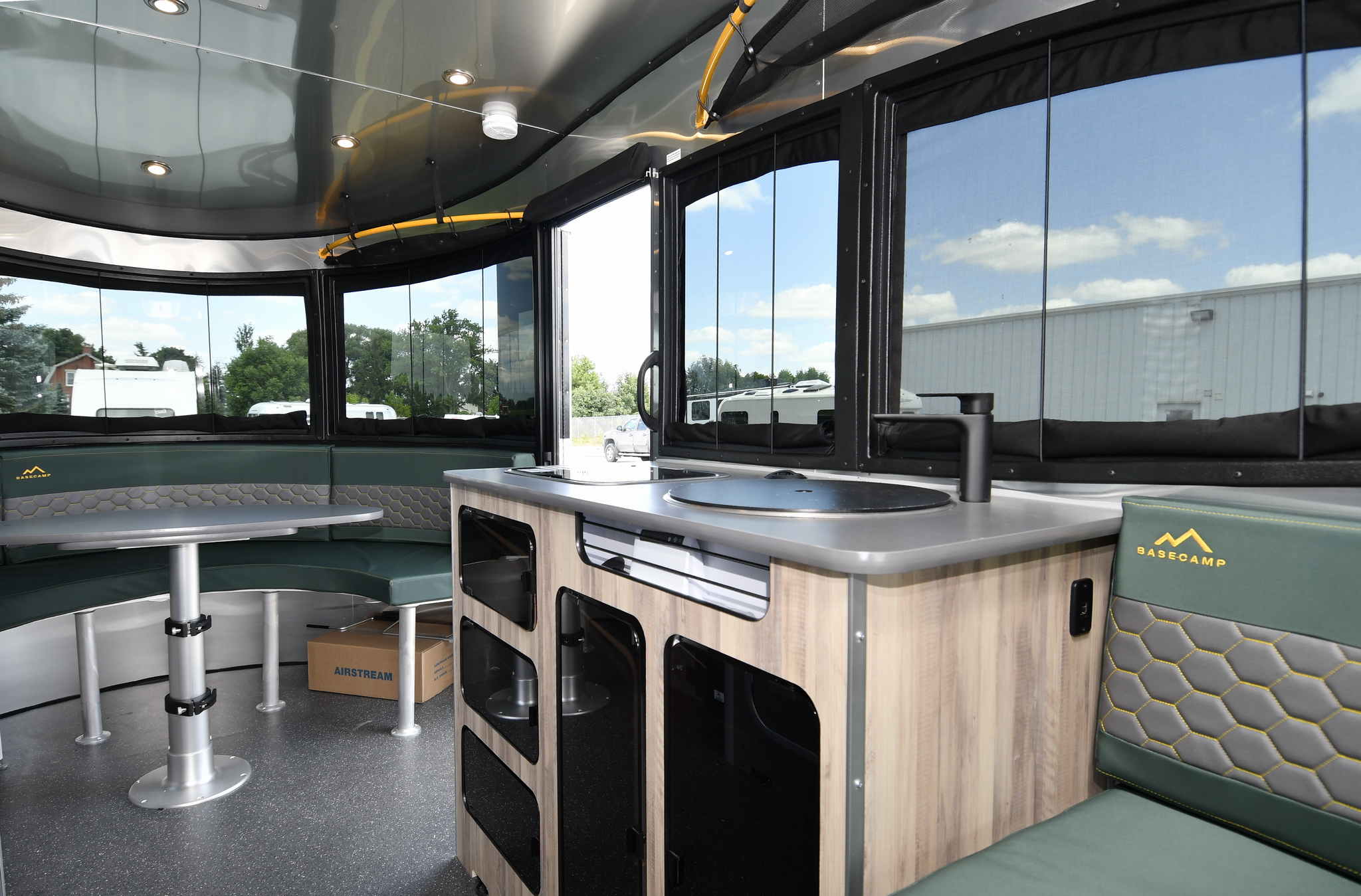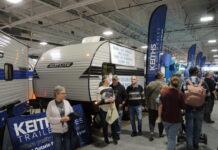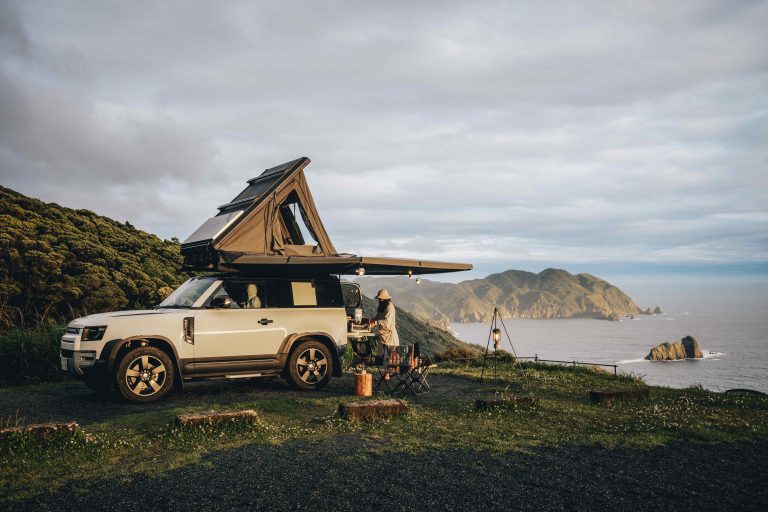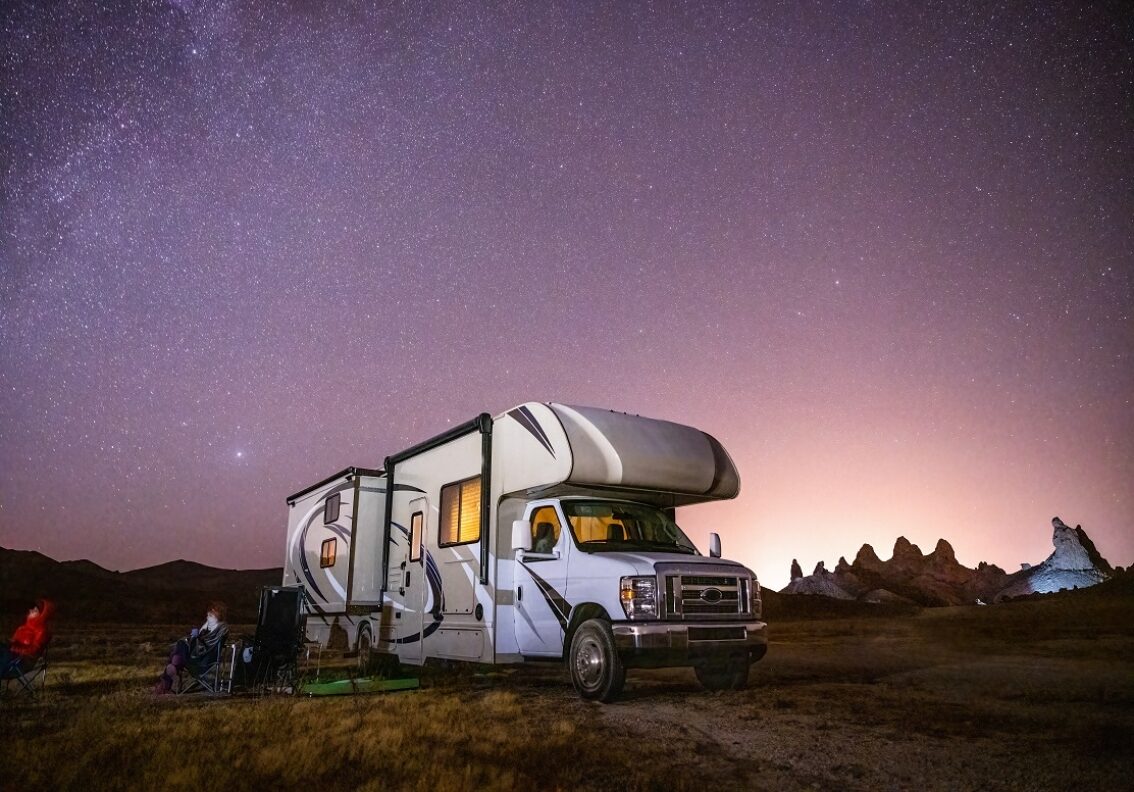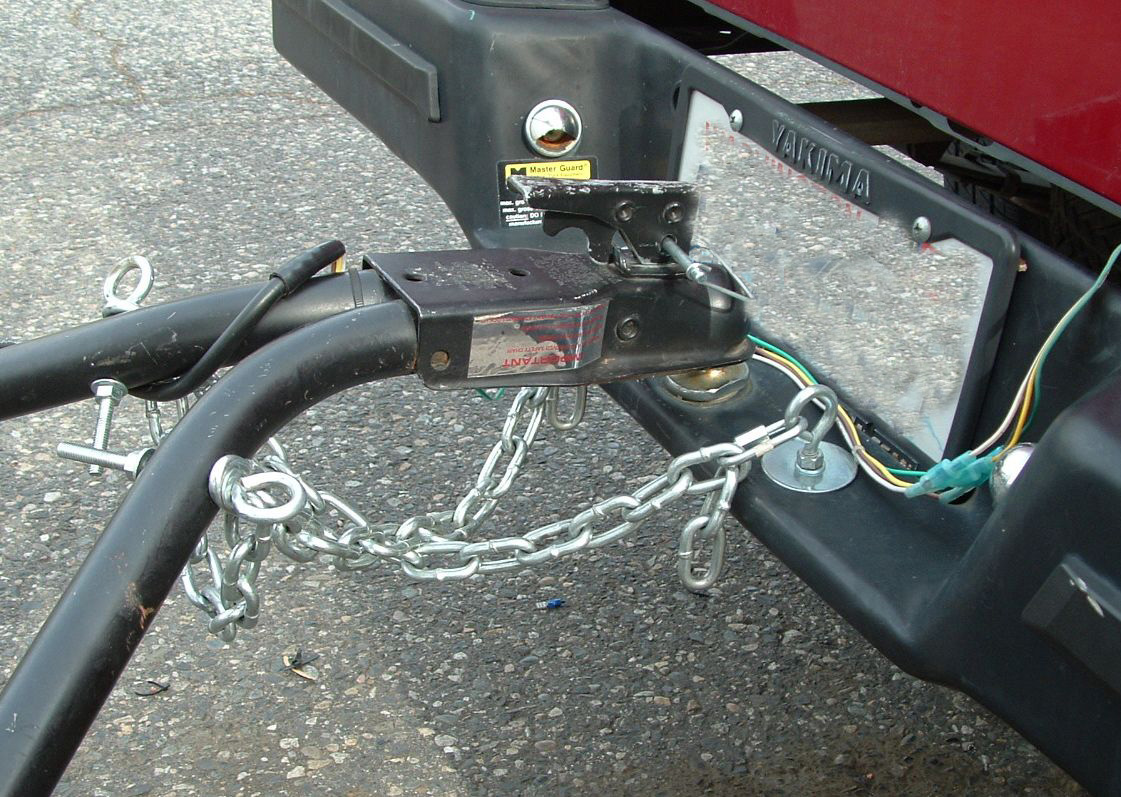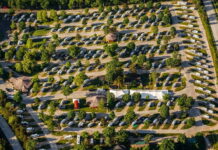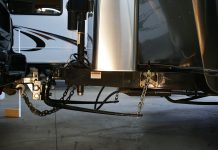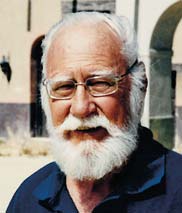
Recently I read a story about a SUV that had broken loose from a converted school bus as it was travelling on the road. Tragically, the vehicle ended up crossing the center line and killing a motorcyclist in oncoming traffic.
You never want to read about truly horrific accidents of this nature. It is extremely important to take the proper procedures when preparing to tow a car, you need the right combination of safety equipment to ensure the worst doesn’t happen.
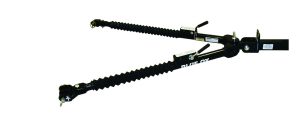
You are towing a vehicle worth anywhere between $30 to 60,000+ doesn’t it make sense to secure it properly so that it doesn’t break away and end up in a cornfield or run head long into another car or motorcycle. Tow bars, hitches, balls, baseplates, safety chains and auxiliary brakes are all integral to the safe towing process.
There are many styles of tow bars available that are used to connect cars behind motorhomes and there are also many different methods of fastening the tow bar to the vehicle.
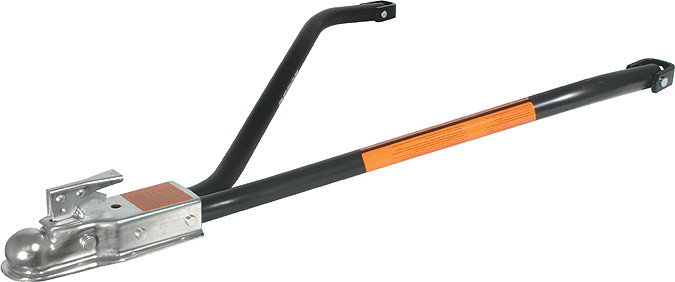
Tow bars range in complexity from a simple coupler style that connects to a ball on a trailer hitch fastened to the rear bumper or frame. The biggest problem with a ball and coupler is that the coupler is often not adjusted properly for the size of the ball, and the coupler can jump off the ball when driving over bumpy roads unless it is properly locked.
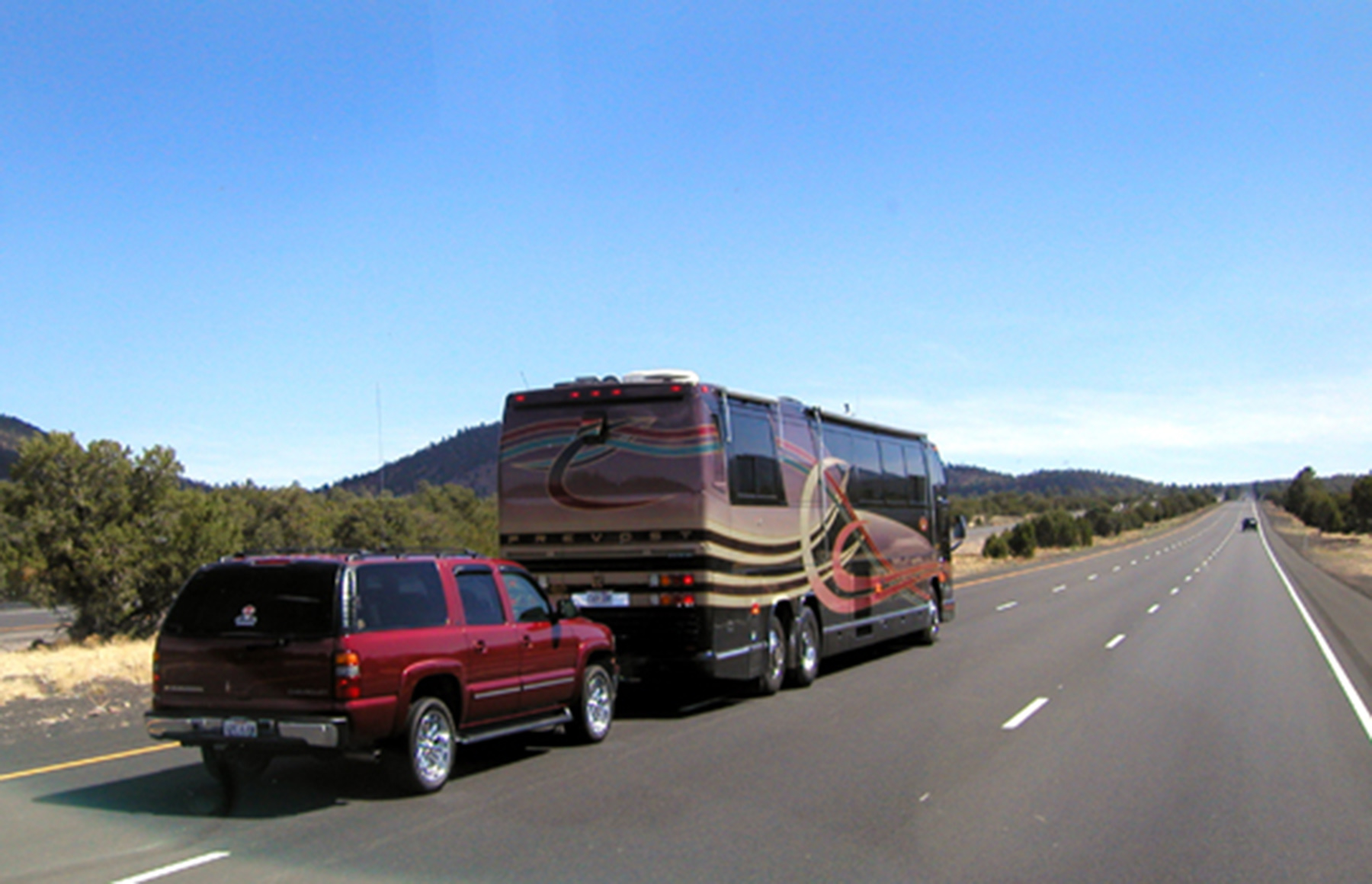 Balls come in many diameters with different shafts for different weight ratings (anywhere from 2,000 to 10,000 lbs.). If the weight rating is exceeded, the shaft of the ball could shear. Safety chains or steel cables of the proper strength have to be securely connected from the frame of the towing vehicle to the frame of the vehicle being towed. The ball mount should be a minimum of 3/8” thick and the hole size cannot be more than 1/16” larger than the diameter of the shank. The ball must be checked regularly since turning corners can loosen the nut that holds the ball securely.
Balls come in many diameters with different shafts for different weight ratings (anywhere from 2,000 to 10,000 lbs.). If the weight rating is exceeded, the shaft of the ball could shear. Safety chains or steel cables of the proper strength have to be securely connected from the frame of the towing vehicle to the frame of the vehicle being towed. The ball mount should be a minimum of 3/8” thick and the hole size cannot be more than 1/16” larger than the diameter of the shank. The ball must be checked regularly since turning corners can loosen the nut that holds the ball securely.
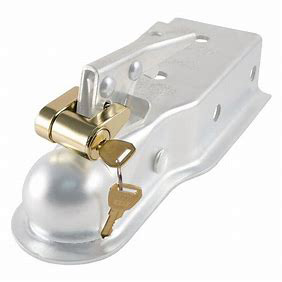
We once saw tow bars bolted to the bumper of a Jeep that has a solid steel bumper. Unfortunately, modern cars do not have a bumper and a steel base plate has to be bolted to the frame of the car and reinforced with safety cables. This prevents the base plate from breaking loose if the mounting bolts shear from a sudden jolt. Mounting bolts also come with different strengths and I recommend using Grade 8 bolts (they have three marks on the head of each bolt) to prevent shearing. Base plates can start at $1000 and up depending on the make of the vehicle. Tow bars can be purchased from as low as $150 to as much as $2000. Personally, I would spend the extra money for added peace of mind. After all, which would you stake your life on?
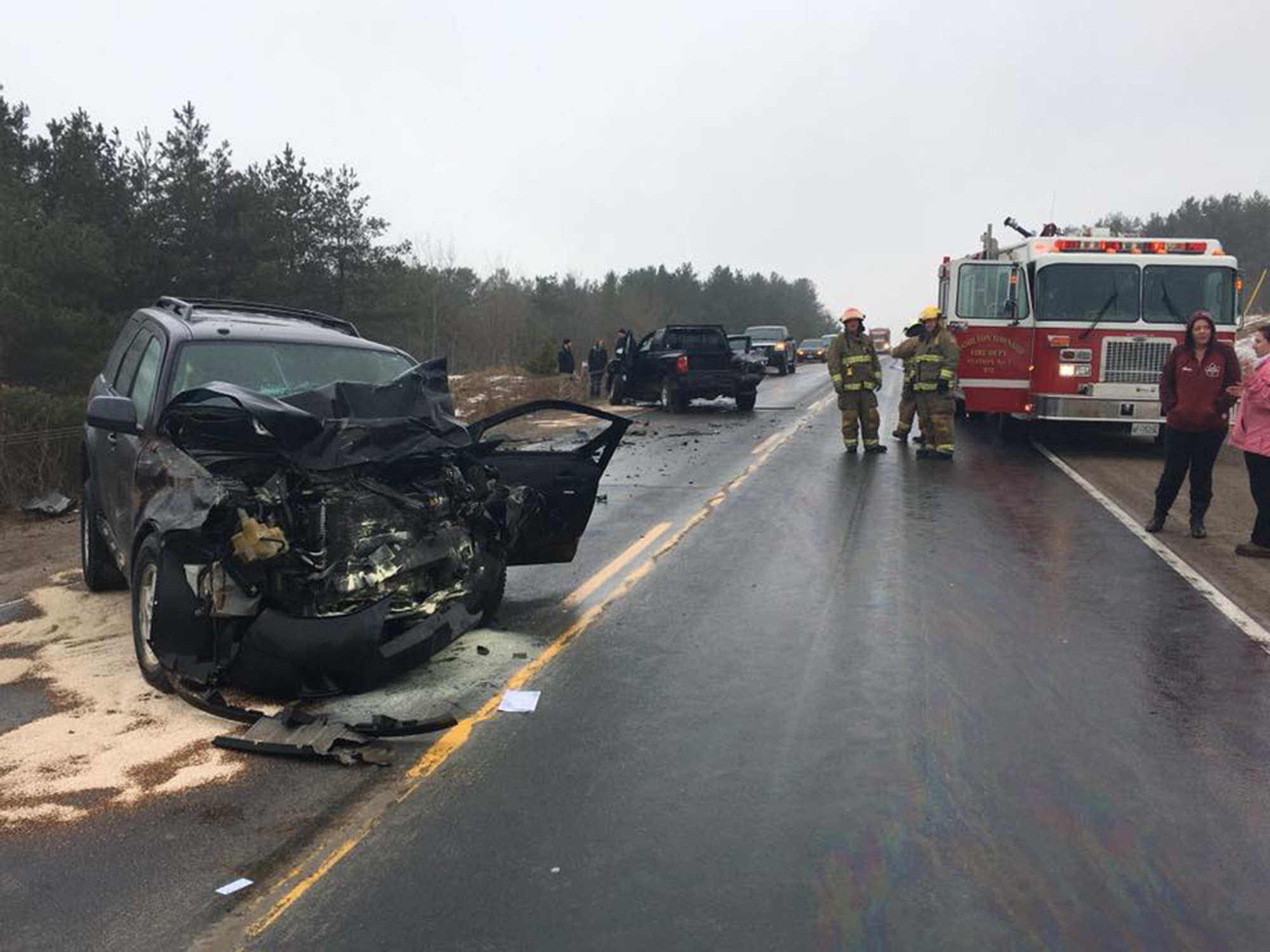 When you are towing a car or SUV in North America, it is mandatory to have an auxiliary braking system installed that is controlled from the motorhome if your towed vehicle weighs over 1300 kilograms. You must also have a breakaway system that will engage the towed vehicle brakes in the case of a separation of the hitch.
When you are towing a car or SUV in North America, it is mandatory to have an auxiliary braking system installed that is controlled from the motorhome if your towed vehicle weighs over 1300 kilograms. You must also have a breakaway system that will engage the towed vehicle brakes in the case of a separation of the hitch.








